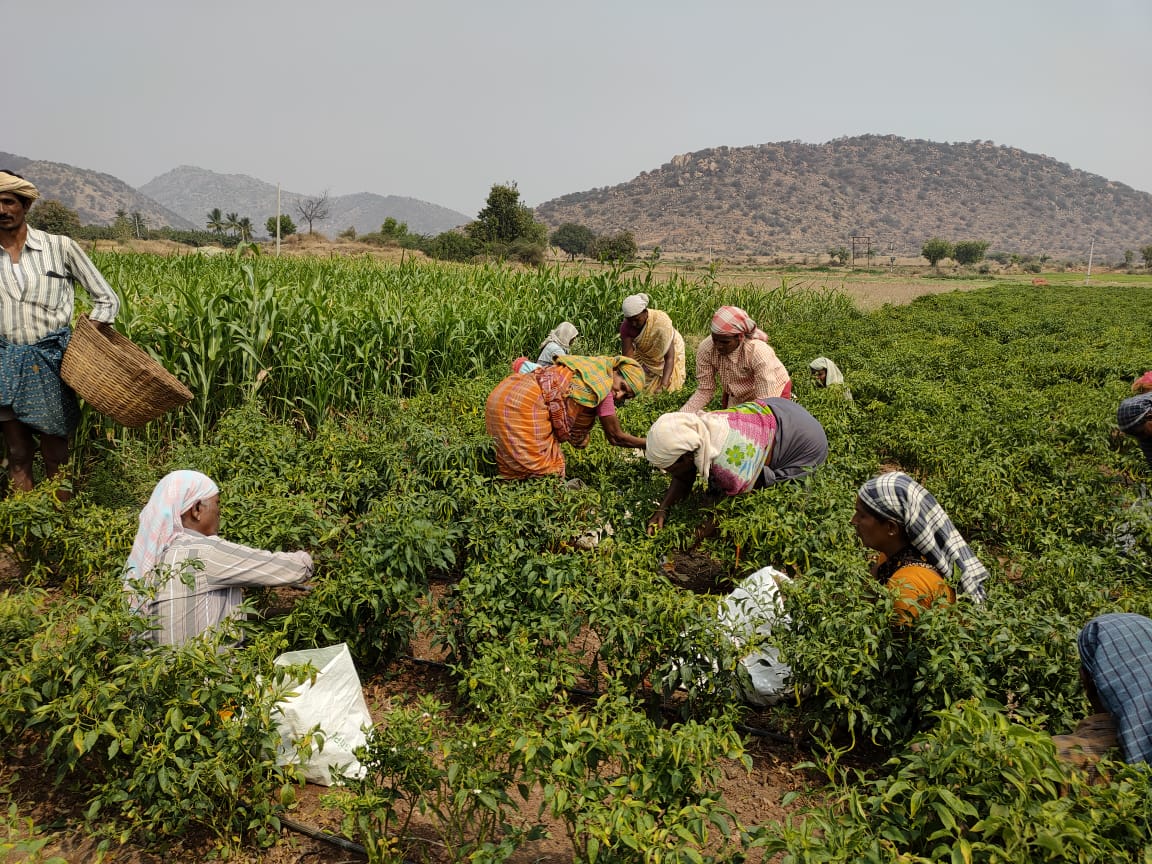
GDP, jobs, economic equity: Key takeaways from IMF’s World Economic Outlook
While the nation is set to see GDP growth, inherent disparities may not allow its weaker sections to benefit from it, says the report

The International Monetary Fund’s (IMF) World Economic Outlook (WEO) report — published biannually in April and October, with updates in January and June — is devoured for the guidance it provides on how economies are likely to shape up in the near and medium term. It uses assumptions based on a standard set of parameters, like global inflation and international crude prices, which also help experts predict the upcoming quarters in their respective nations.
Last week, the organisation brought out the October 2021 report with several interesting pointers on its 190 member-countries, including India. We take you through the key takeaways for India.
- Growth in post-pandemic economy
In January 2020, the IMF had predicted a 3.3% growth for both 2020 and 2021. It said advanced economies were set to grow 1.6% in each of the two years, while emerging economies would likely grow 4.5%.
Also read: Facebook plans to rebrand itself to reflect focus on ‘metaverse’
But that was before the pandemic spread its wings. Once COVID struck, the IMF revised its estimates in the April 2020 report, and in subsequent updates. In the October 2021 report, it said: “The global recovery continues but the momentum has weakened and uncertainty has increased.”
For 2022, the IMF has made an 8.5% growth projection for India. It is a rise from the 6.9% growth for 2022 that it had predicted in April 2021, and on par with that given in June 2021. At a press briefing, IMF Chief Economist Gita Gopinath said the agency had not changed “its growth forecast for this year and next for India”.
“India came out of a very, very tough second wave, and that led to a big downgrade in July, but we have no change as of now,” she said. Further, she cautioned that as the “virus has not gone yet”, India has to keep a careful eye on the economy.
- Jobs growth not matching GDP growth
Worryingly for the world, and particularly for India, the IMF has predicted that employment growth may lag the output recovery (GDP growth) as economies come out of the COVID impact.
It said employment worldwide remains below its pre-pandemic levels. This is largely due to negative output gaps, worker fears of infection in the workplace, childcare constraints, changes in labour demand due to a rise in automation, replacement income through unemployment benefits helping to cushion income losses, and frictions in job searches and matching, said the IMF.
Emerging economies are set to see a wider gap between GDP recovery and employment rate than their richer peers. Young, low-skilled workers are particularly likely to face a poor jobs scenario.
These factors mean India’s jobs recovery is going to take a while. A large section of the population is involved in low-skill jobs or in the unorganised sector, and the nation may see a significant rise in unemployment. Also, if the GDP growth doesn’t match jobs growth, a huge section of the population does not benefit from any economic growth that may be achieved.
3. Widening gap between haves and have-nots
The WEO has stated that in a post pandemic world, economic divergence — or the gap between those that are doing well and those that aren’t — may increase to dangerous levels.
“The dangerous divergence in economic prospects across countries remains a major concern,” it said. “Aggregate output for the advanced economy group is expected to regain its pre-pandemic trend path in 2022 and exceed it by 0.9% in 2024. By contrast, aggregate output for the emerging market and developing economy group is expected to remain 5.5% below the pre-pandemic forecast in 2024, resulting in a larger setback to improvements in their living standards.” India, obviously, is part of the latter group.
The report has pointed to two key reasons for the economic divergences. One is the large disparity in vaccine access, and the other is the disparity in policy support.


